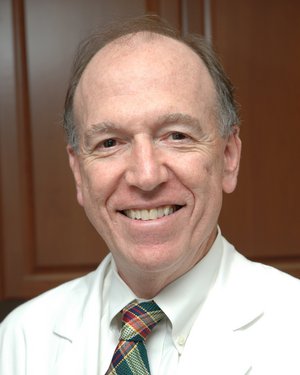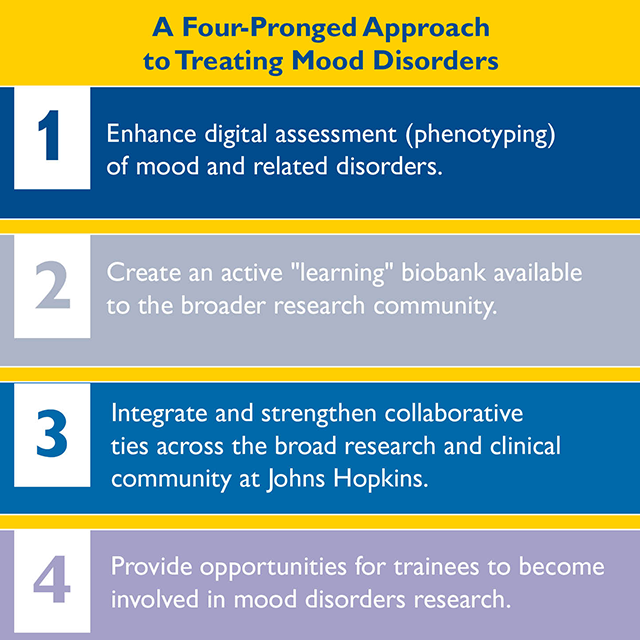Vision
Scientists and clinicians in our Center of Excellence are working to increase our understanding of the causes of severe mood disorders and to improve the treatment and overall outcomes of people suffering from mood disorders such as Bipolar Disorder (BD) or Major Depressive Disorder (MDD).
Mission
To develop new biomarkers, better clinical tools, and more effective treatments for those suffering from mood disorders.
Major Mood Disorders and Bipolar Disorders Research for the Better
Better Measurements
Using a combination of easily deployed surveys, smartphones, and wearable technology, we hope to intervene earlier, prevent undue suffering, and promote better outcomes.
Better Biomarkers
We will test whether genetic markers known as polygenic risk scores can help identify individuals who may require more intensive treatment options earlier in their care or may have a higher risk of developing bipolar disorder.
Individualized Treatments
As part of our precision medicine center, we are also working to identify the types of treatment that work best for an individual patient, including newer treatments such as Ketamine, esketamine, and various brain stimulation techniques.
Better Delivery of Care
Individuals suffering from mood disorders can be treated in a number of settings, ranging from their homes, to outpatient clinics and, if needed, inpatient units. As part of our precision medicine center, we are working with services delivery experts and the Johns Hopkins office of Telemedicine to determine which types of health care delivery work best for individual patients depending on “where” they are on their illness trajectory.
Experts
Director: Fernando Goes, M.D., Co-Director: Peter Zandi, Ph.D.









